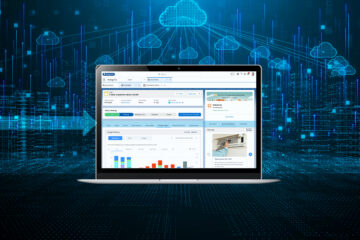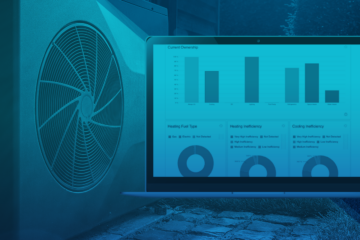
This time of year always brings the highest heating consumption in North America and Europe, with temperatures dipping to their coldest levels. This winter, heating consumption is being further exacerbated by the fact that many families around the world are spending virtually all of their time at home, working and schooling virtually. In this environment, increasing customer participation in Time of Use (TOU) rates is a utility imperative.
The key to successfully implementing TOU rates is aligning rates with customer price signals while avoiding any bad customer experiences. Getting TOU rates wrong can lead to a customer backlash when they receive higher-than-expected bills that are difficult to explain — which can be particularly damaging as many customers are dealing with economic hardship. Getting TOU rates right leads to economic alignment of customer incentives with costs to serve and improved customer engagement and satisfaction.
Optimizing TOU rates with AMI data enables utilities to get it right, right away. The secret is a data-driven Identify → Outreach → Refine alignment loop, built on the UtilityAI™ platform:
1. Identify
Pinpoint those customers who have the highest shiftable loads — in this case from electric heating.
UtilityAI Analytics Workbench makes it easy for utilities with and without internal analytics teams to simply and efficiently generate a highly targeted list of customers with high heating loads who are most likely to benefit from a TOU rate. For example, Analytics Workbench is able to generate a list of all customers in a geographic area with the highest weekday heating usage between the hours of 10 a.m. and 6 p.m. and export that hyper-targeted list as a .csv file in minutes to inform customer outreach.
2. Outreach
Encourage customers to sign up for a TOU plan and change their behavior with personalized education and recommendations about how they can shift heating loads to save money on their bill. Personalized communications based on each customer’s unique appliance-level energy use habits are proven far more effective and less costly than traditional TOU mass market campaigns.
Beyond TOU rate adoption, the Outreach step also supports product and service revenue generation when customers follow personalized recommendations to purchase smart thermostats and other grid-connected devices or new appliances or to hire technicians for appliance retrofits or repair. UtiltyAI’s Smart Shop platform integrates product and service recommendations as a seamless part of the ongoing dialogue with customers about TOU rate alternatives and load shifting, resulting in higher product and service sales uptake.
3. Refine
Analyze heating appliance usage patterns on an ongoing basis and refine rate design to maximize energy savings for both the utility and the customer.
The continuous analysis of AMI-data enables TOU programs to evolve as customers change their energy behaviors, ensuring that rate alternatives are always best aligned to customers’ current energy consumption. These data inputs not only optimize rates, but also the utility-customer dialogue. Personalized communications based on AMI data help eliminate high bill surprises at every stage, and keep customers moving forward toward achieving maximum savings.
Learn more about AMI Data-Driven TOU rate program execution in our most recent AMI-Driven Insights Report.


